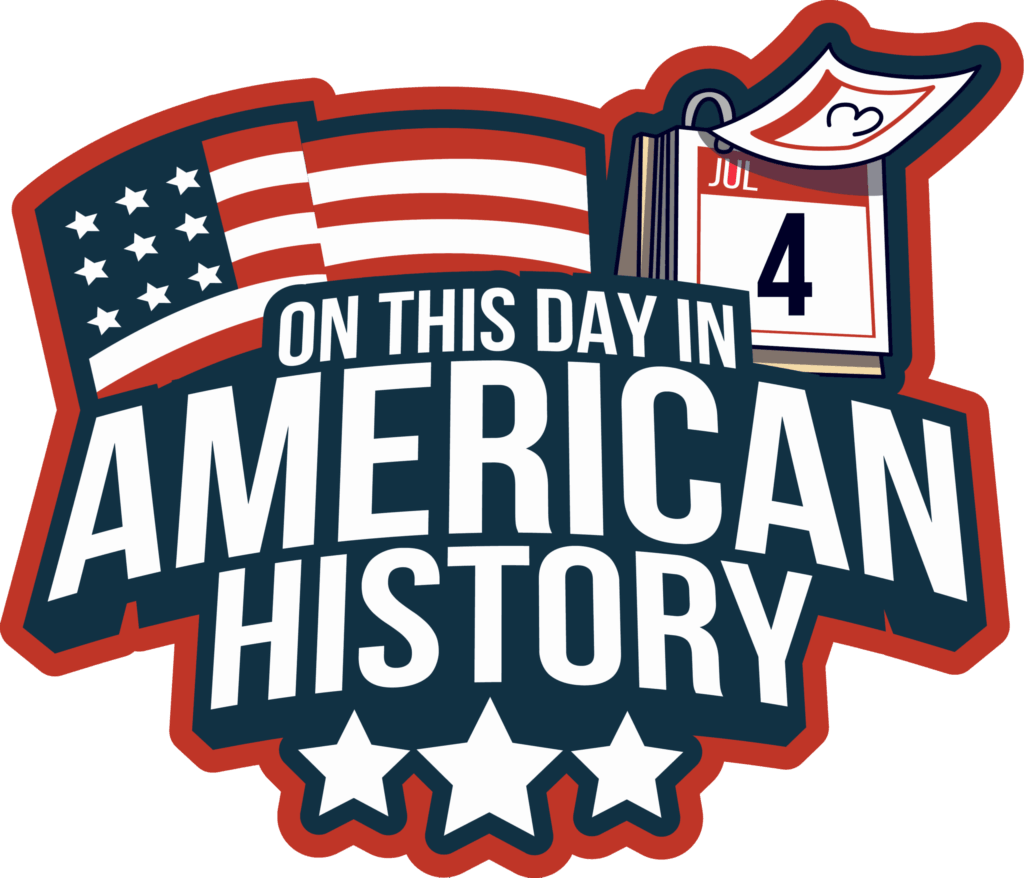
Springfield, Illinois, September 3, 1856 Fourteen years into her marriage Mary Todd Lincoln went into John Williams & Co., Springfield’s most reputable dry goods store, and selected a bonnet, ribbon, silk, shoes, slippers, and combs, all of which were charged to her husband’s account for $8.77. That’s almost $334 in today’s currency, which is a significant amount—not of luxury, but of expectation. A woman’s appearance served as a means of public communication in Springfield in the middle of the 19th century. Refinement was required by social etiquette, and Mary’s purchases demonstrated the silent toil of status: upholding her husband’s reputation, demonstrating respectability, and preserving her own dignity. The merchant behind the counter, John Williams, was more than just a store owner. By investing in railroads, anchoring the city’s commercial identity, and serving as the first bank president, he contributed to the development of Springfield’s civic infrastructure. His ledgers documented the rhythms of families whose reputations were interwoven with the town’s social fabric, in addition to tracking transactions. This was Lincoln the husband, not Lincoln the statesman. And by carefully and purposefully handling the household’s public image while negotiating the demands of her position, Mary helped him rise. Image via Wikimedia Commons, public domain

Benjamin Franklin representing the United States and Richard Oswald representing Great Britain discussing the Treaty of Peace at Paris
On September 3, 1783 the Treaty of Paris was signed which ended the American Revolutionary War.
Image via Library of Congress, no known restrictions
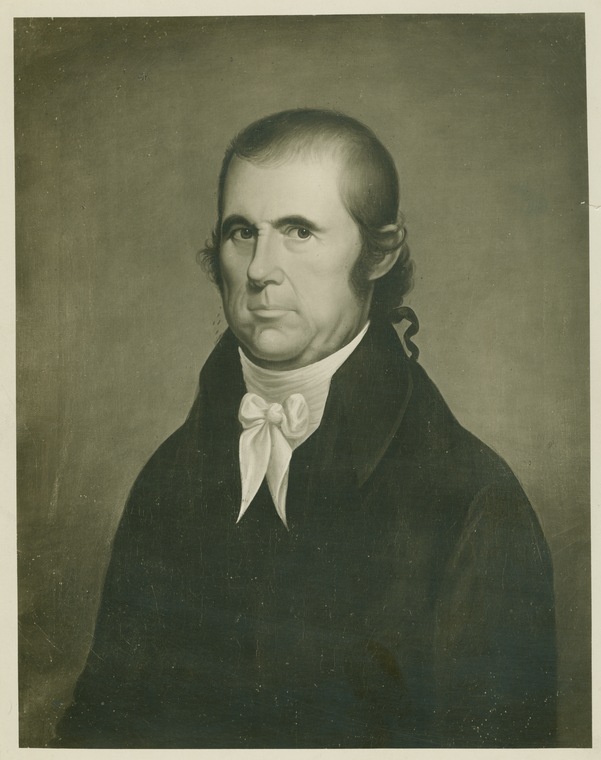
“Morgan’s regiment of riflemen having been detached to the northern army, a corps of light infantry was formed for the occasion, the command of which was given to General Maxwell. This corps was advanced to Iron Hill, about three miles in front of White Clay creek. The cavalry, consisting of four regiments, amounting to about nine hundred men, including persons of every description, were employed principally on the lines.
One division of the British army, commanded by Sir William Howe in person, had taken post at Elkton, with its van advanced to Gray’s Hill. General Knyphausen, with a second division, had crossed the ferry and encamped at Cecil Court House. He was directed to march up on the eastern side of the river, and to join Sir William Howe seven or eight miles south of Christiana. The intention to make this movement being disclosed by the preparatory arrangements, General Washington advised Maxwell to post a choice body of men in the night on an advantageous part of the road, in order to annoy him on his march. In the morning of the third of September, the two divisions under Lord Cornwallis and General Knyphausen, moved forward and formed a junction at Pencader, or Atkins’ tavern, where they encamped. In their way, the column led by Lord Cornwallis fell in with and attacked Maxwell, who retreated over White Clay creek, with the loss of about forty killed and wounded.
The whole American army, except the light
infantry, took a position behind Red Clay creek, on the road leading from the camp of Sir William Howe to Philadelphia. On this ground, the General thought it probable that the fate of Philadelphia, and of the campaign, might be decided; and he resorted to all the means in his power to encourage his troops, and stimulate them to the greatest exertions.”
An excerpt written by John Marshall from his Life of George Washington in describing the Battle of Cooch’s Bridge on September 3, 1777.
The battle was the only military action (on land) in Delaware during the Revolutionary War and is considered to be the first time that the American flag was flown in battle.
While it’s not mentioned in the excerpt above, Marshall was one of the men who fought at Cooch’s Bridge (aka Iron Hill) that day. He became Chief Justice of the United States.
Image of John Marshall via NYPL Digital Collections, no known restrictions.

The USS Shenandoah, the first rigid airship built in the US, came to a sad end in the early hours of September 3, 1925. The US Navy airship encountered violent thunderstorms, crashing near Caldwell, Ohio. 29 of the 43 crew members survived but 14 perished, including Commander Zachary Lansdowne.
Image by USN Historical Center via Wikimedia Commons, public domain in the US.

Residents of Couvin, Belgium, flock into the streets to welcome the vanguard of American troops which arrived after driving out the Nazis.
September 3, 1944
Image via Wikimedia Commons, public domain
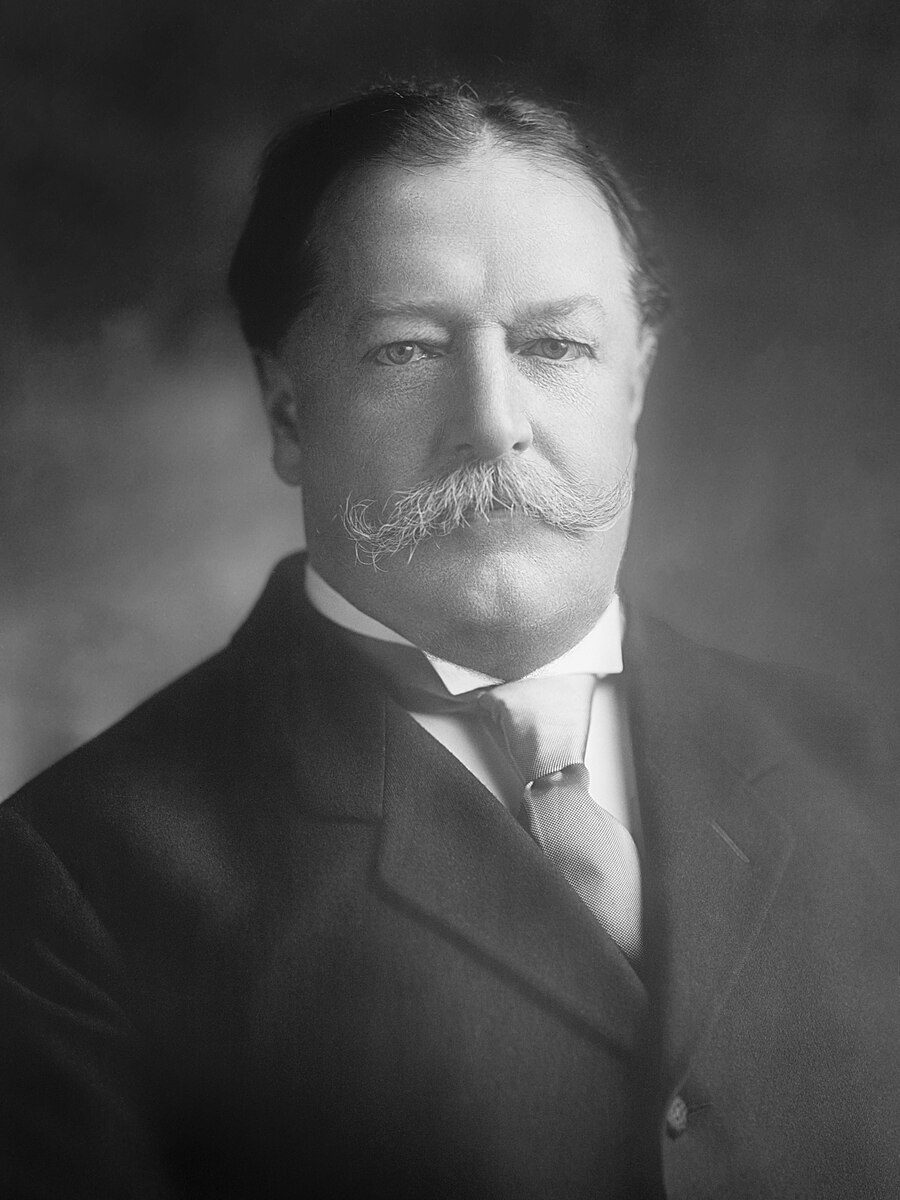
On September 3, 1913, former President of The United States, William Howard Taft, became President of The American Bar Association.
Image via Wikimedia Commons, public domain

On the evening of September 3, 1812, the frontier settlement of Pigeon Roost—located in what is now Scott County, Indiana—was shattered by violence. Twenty-four settlers, most of them children, were killed in a sudden attack that reflected the rising tensions of the War of 1812.
Image from Searchme via Wikimedia Commons, CC BY 3.0

On September 3, 1954 the last original radio episode of “The Lone Ranger” aired. The radio program ran for 21 years.
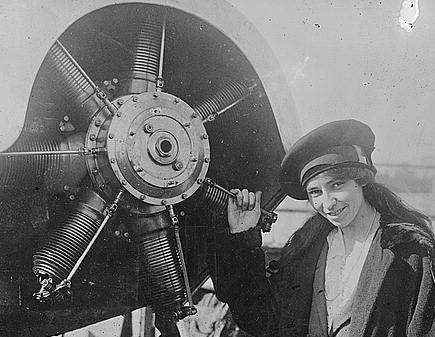
American aviatrix Katherine Stinson in Japan during her tour of Asia
on September 3, 1917.
Katherine is considered the first woman to fly an airplane over China and Japan.
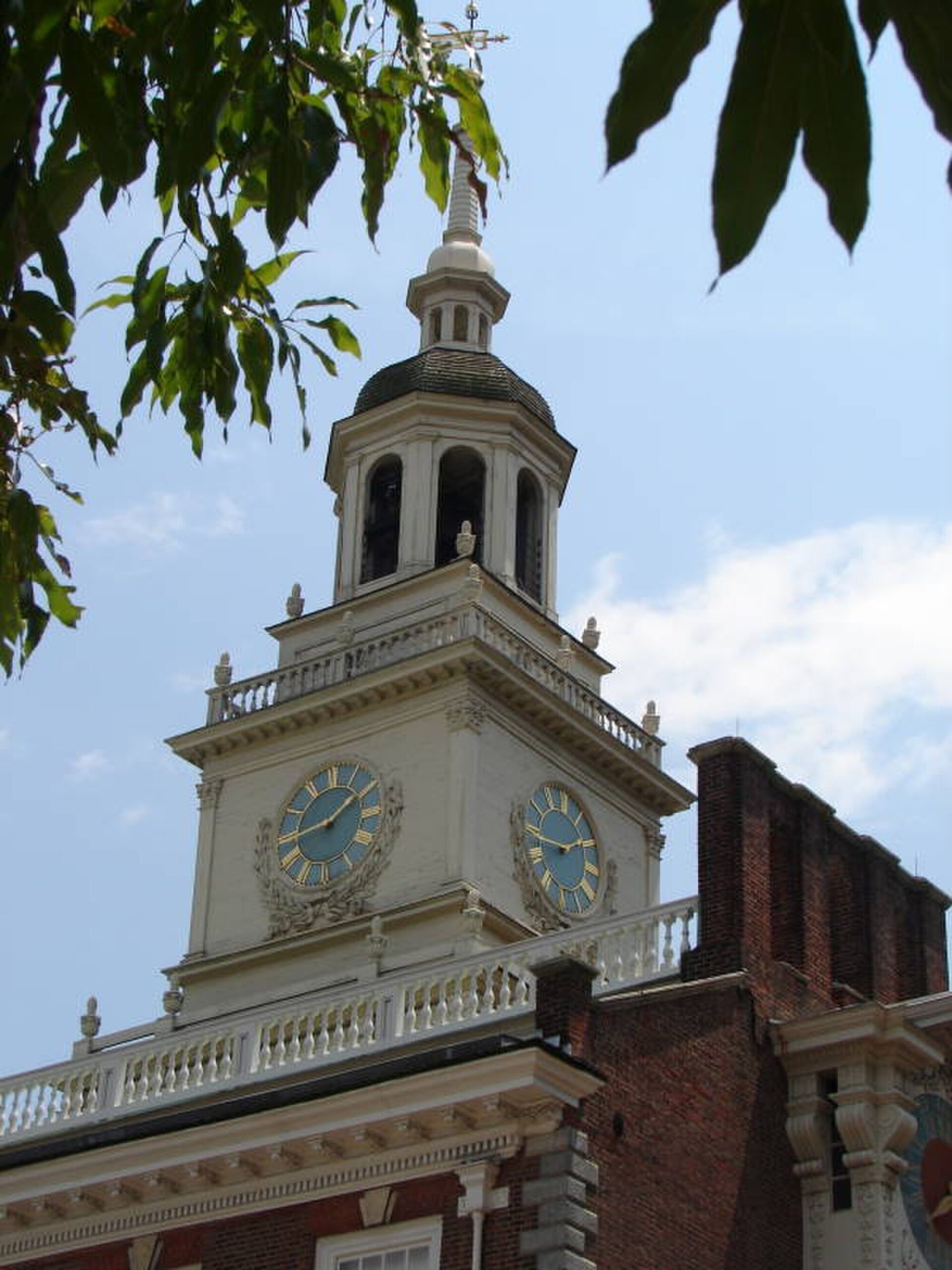
Between September 2 and 4, 1781, the Pennsylvania State House (not yet commonly referred to as Independence Hall) stood at the center of a multi-day march through Philadelphia.
On September 3, French troops under Comte de Rochambeau passed in ceremonial formation, reviewed by Congress alongside Washington and Rochambeau. Their two-mile procession became a living symbol of alliance, resolve, and the road to Yorktown.
At the time of the march, the building’s original wooden steeple—added in the 1750s to house the bell—was still in place, though visibly decayed. Later that same month, it was dismantled due to structural instability, leaving the brick tower capped with a temporary hipped roof. The current steeple (shown), designed by William Strickland in 1828, echoes the original in spirit but reflects 19th-century tastes, with added clock faces and Federal-era embellishment.
The tower that watched the French troops pass was not the one we see today, but its silhouette still anchored the revolutionary moment.
Image from Diego Tirira via Wikimedia Commons, CC BY 2.0

On September 3, 1895 football manager Dave Berry paid John Brallier ten dollars to play for the Latrobe Athletic Association. The payment made Brallier the first publicly paid American pro football player.
Image: Quarterback John Brallier in 1895 via Wikimedia Commons, public domain
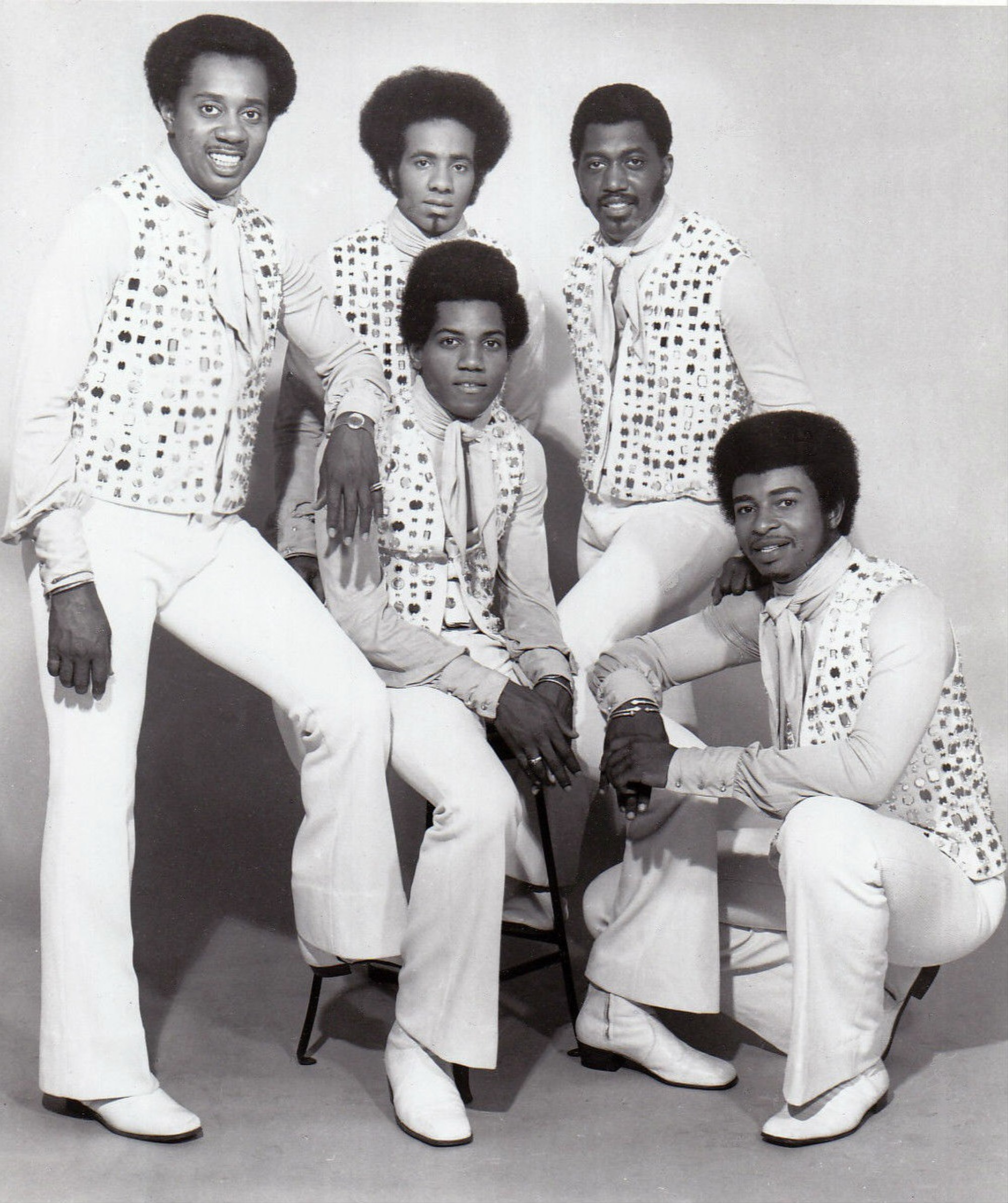
After a very groovy instrumental intro (that’s nearly two minutes in length) in their version of the single “Papa Was a Rollin’ Stone” released in September 1972, the Temptations sing…
“It was the third of September
That day I’ll always remember, yes I will”
Image of The Temptations from 1971 via Wikimedia Commons, public domain

“High ideals make a people strong. … decay comes when ideals wane.”
– Louis Sullivan who was born on September 3, 1856 in Boston, Massachusetts
Louis Sullivan co-designed The Guaranty Building in Buffalo, NY; The Auditorium Building in Chicago, IL and The Wainwright Building in St. Louis MO. He’s also been called “father of skyscrapers.”
Image via Wikimedia Commons, public domain
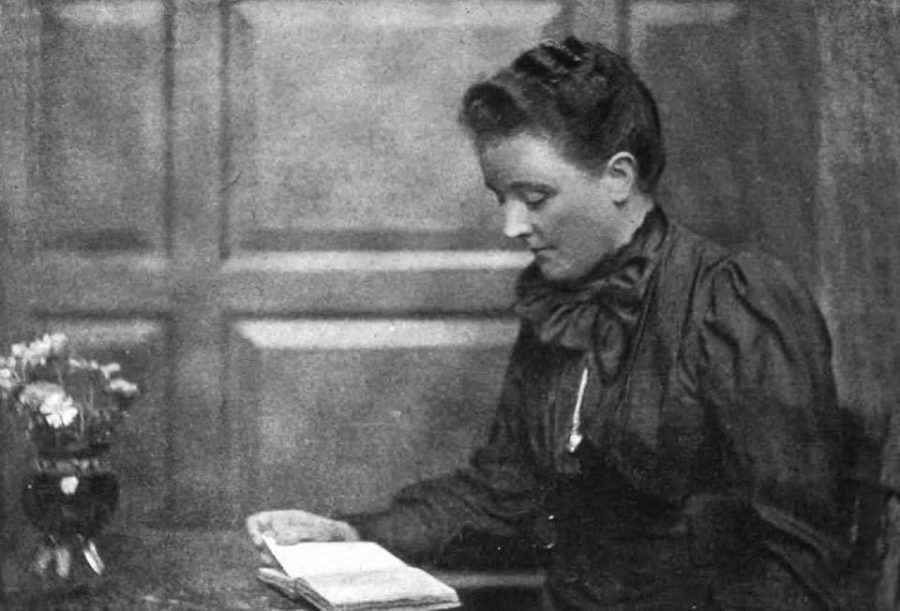
American author Sarah Orne Jewett was born on September 3, 1849 in South Berwick, Maine.
She wrote:
“Your patience may have long to wait,
Whether in little things or great,
But all good luck, you soon will learn,
Must come to those who nobly earn.
Who hunts the hay-field over
Will find the four-leaved clover.”
From: “Perseverance” in September 1883
Image: Sarah Orne Jewett in 1902 via Wikimedia Commons, public domain

Nearly 1 year after it was launched from Earth, NASA’s Viking II landed on Mars on September 3, 1976.
Image from September 3, 1976 via Wikimedia Commons, public domain
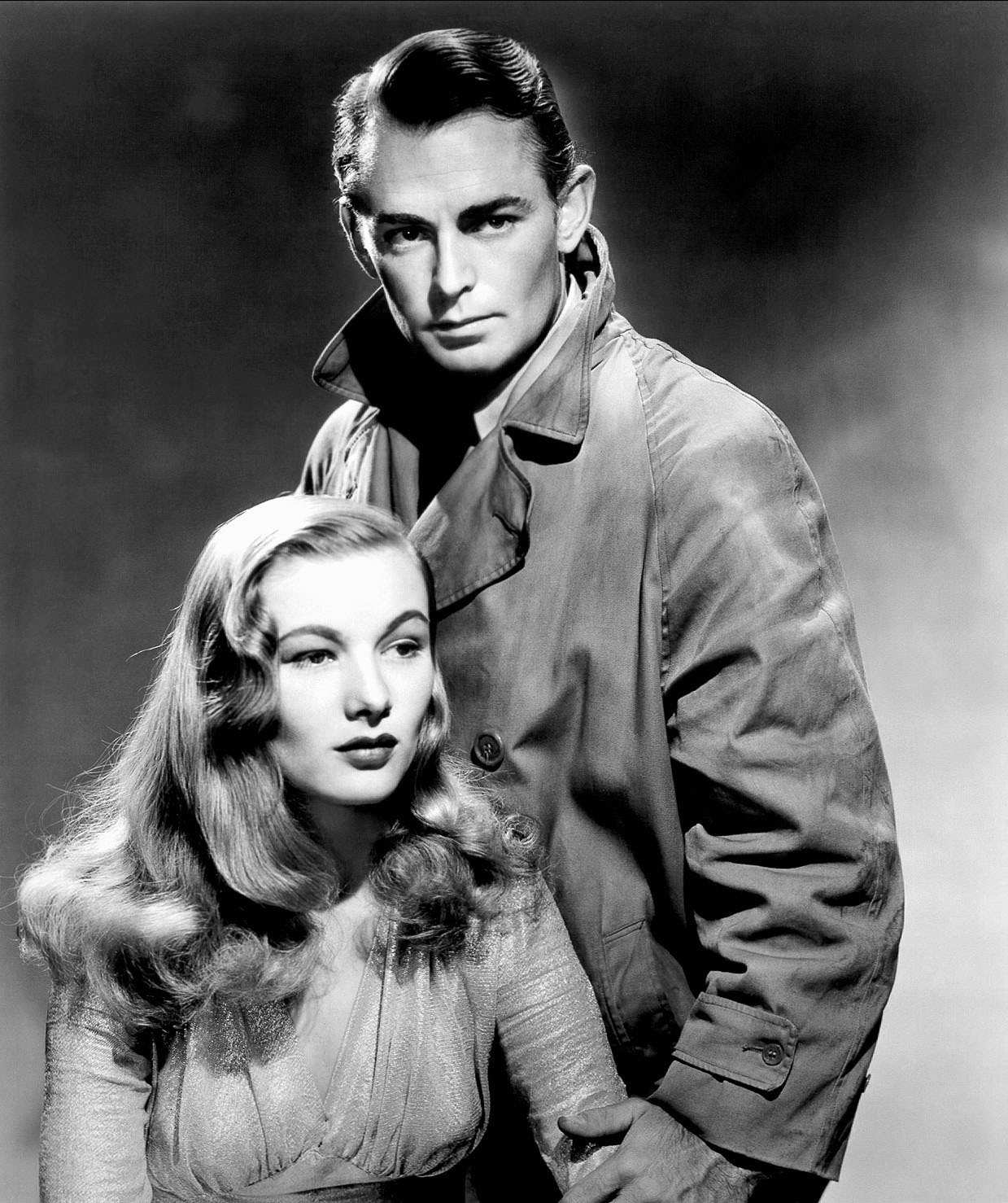
Alan Ladd and Veronica Lake in the 1942 crime film This Gun for Hire
From his breakout in This Gun for Hire to the iconic gunslinger in Shane, Ladd’s intensity made him a movie legend. Paired with Veronica Lake, he gave noir its edge.
American movie star, Alan Ladd, was born on September 3, 1913 in Hot Springs, Arkansas.
Image via Alamy
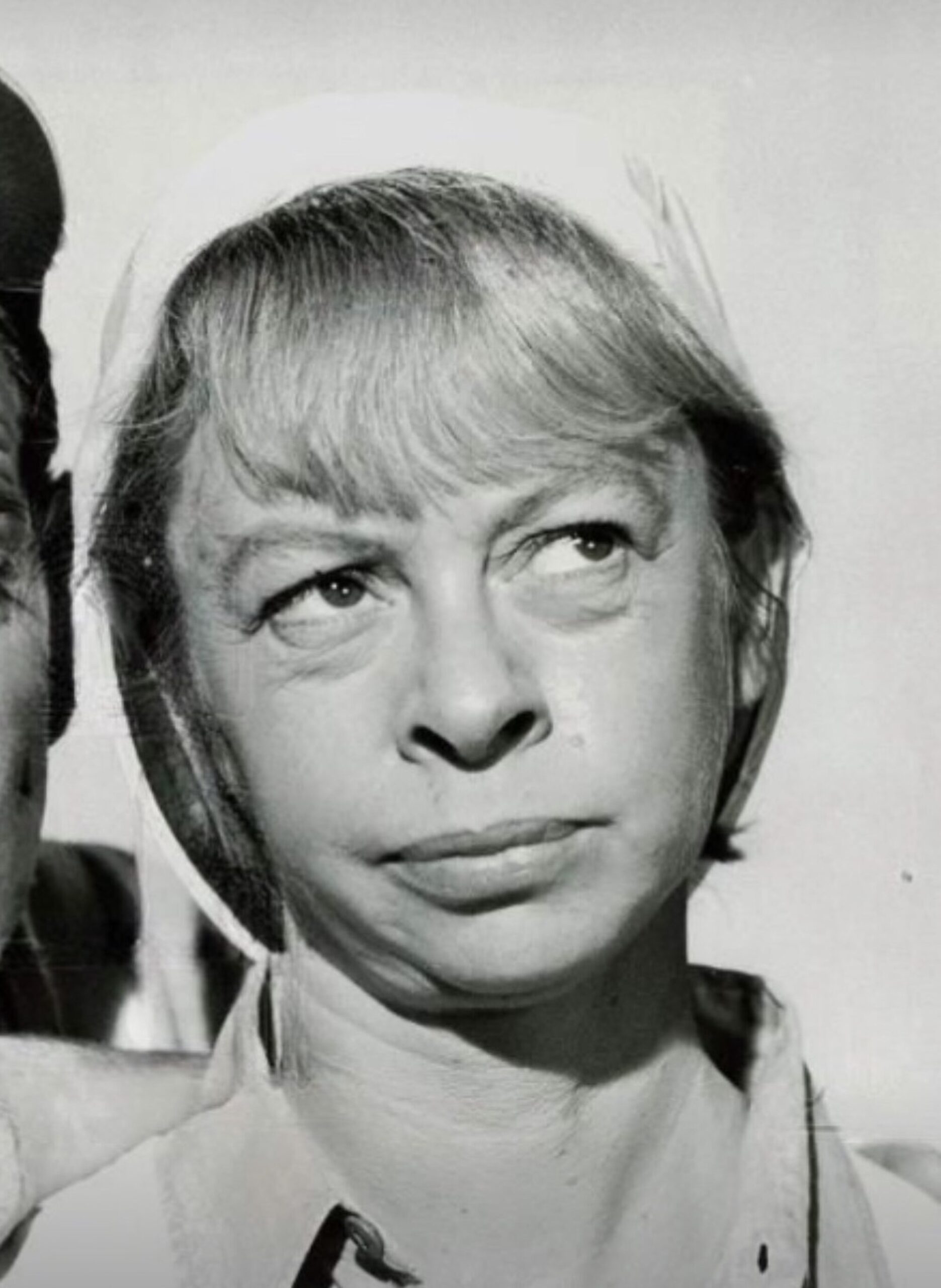
Mary Grace Canfield, best know for her role as Ralph Monroe in Green Acres, was born on September 3, 1924 in Rochester, New York.
Her last public appearance was at Eddie Albert’s funeral in 2005.
Image via Wikimedia Commons, public domain

American scientist, Carl D. Anderson, who was co-recipient of the Nobel Prize in Physics in 1936, was born on September 3, 1905 in New York City. Carl was the first to publish the discovery of the positron or the antiparticle of an electron.
Image of Anderson c. 1937 via Wikimedia Commons, public domain
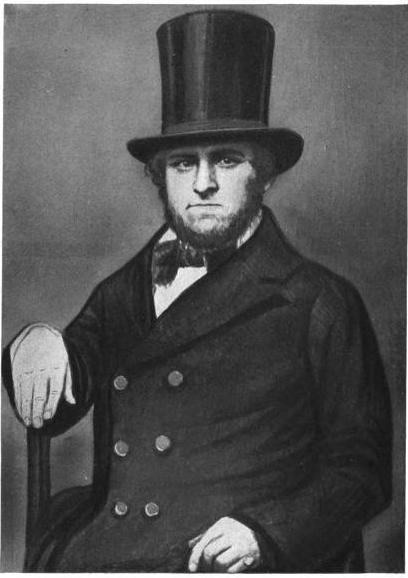
On September 3, 1833 The Sun newspaper of New York was published for the first time.
The price to purchase a copy was one penny.
While it wasn’t New York City’s first newspaper, The Sun is considered to be the city’s first to report hard-hitting topics such as illegal activities and personal tragedies.
Image of The Sun newspaper of New York’s publisher, Benjamin Day, in 1833 via Wikimedia Commons, public domain


